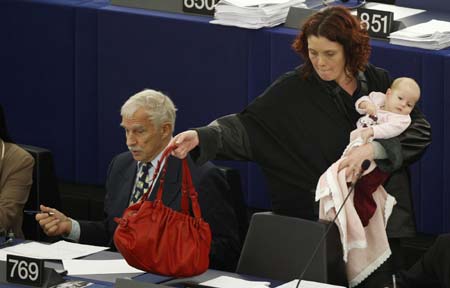Abstract:
Feminism has long been concerned with privacy. Second-wave feminists assailed the divide between the public and the private spheres that trapped women in the home, excluded them from the workforce, and subjected them to domestic abuse. Second-wave feminists also argued in favor of a sphere of privacy that would allow women to make reproductive choices without state interference. These were powerful critiques of existing power structures, but they tended to overlook the experiences of poor women. As a condition of receiving welfare benefits, poor women have been subjected to drug tests, and they continue to face unannounced home inspections by government officials, fingerprinting, and restrictions on their reproductive choices. These formal welfare requirements overlay routinized surveillance of poor women, who must comply with extreme verification requirements to establish eligibility, travel to scattered offices to procure needed approvals, reappear in person at welfare offices at regular intervals to prove their ongoing eligibility, and answer intrusive questions about their child rearing and intimate relationships. Thus, while many Americans are uneasy about their privacy in a time of technological transformation, the harms poor women face from privacy deprivations go far beyond unease. This essay describes the privacy invasions experienced by welfare mothers and how the law has shaped their rights to privacy. It then explores how second-wave feminism considered privacy as experienced by poor women, and it analyzes whether third-wave feminism is up to the task of better securing privacy rights for poor women. The conclusion suggests a feminist advocacy strategy that would include the voices of poor women within a new conception of privacy.
Downloadable here.


 You can subscribe to our Twitter feed
You can subscribe to our Twitter feed 
 Hanne Dahl, Denmark’s representative to the European Parliament, brought her child to work yesterday (photos by Vincent Kessler, Reuters). Dahl’s EU Parliament page is
Hanne Dahl, Denmark’s representative to the European Parliament, brought her child to work yesterday (photos by Vincent Kessler, Reuters). Dahl’s EU Parliament page is 





 Feminist Law Prof Melissa Murray (Berkeley) has posted to SSRN her article, “
Feminist Law Prof Melissa Murray (Berkeley) has posted to SSRN her article, “

 Did you know that each year the
Did you know that each year the